How To Get Rid Of Thistle Weeds For
Thistles are one of the most common and troublesome weeds in gardens and lawns. They have deep roots that make them difficult to remove, and they can quickly spread by seed. If you're struggling with thistle weeds, there are a number of things you can do to get rid of them for good.
The Best Ways to Get Rid of Thistle Weeds
There are a variety of methods you can use to get rid of thistle weeds, both chemical and organic. The best method for you will depend on the severity of the infestation, the size of the area you need to treat, and your personal preferences.
Chemical Weed Killers
Chemical weed killers are the most effective way to kill thistle weeds quickly. There are a number of different herbicides available, both over-the-counter and prescription. When choosing a herbicide, be sure to select one that is labeled for use on thistle weeds.
When using chemical weed killers, it is important to follow the label instructions carefully. This includes wearing protective clothing, applying the herbicide to the correct part of the plant, and avoiding contact with other plants.
Organic Weed Control Methods
If you prefer to avoid using chemicals, there are a number of organic methods you can use to control thistle weeds. Some of these methods include:
- Pulling: Thistle weeds can be pulled by hand, but it is important to get the entire root system. If you break off the root, the weed will likely resprout.
- Digging: Thistle weeds can also be dug out with a shovel or garden fork. Be sure to dig deep enough to remove the entire root system.
- Mowing: Mowing thistle weeds can help to weaken them and make them more susceptible to other control methods. However, mowing will not kill the weeds outright.
- Mulching: Mulching around thistle weeds can help to smother them and prevent them from getting sunlight.
- Vinegar: A solution of vinegar and water can be effective at killing thistle weeds. The vinegar needs to be at least 20% acetic acid to be effective.
- Salt: A solution of salt and water can also be effective at killing thistle weeds. However, salt can damage other plants, so it is important to use it with caution.
Preventing Thistle Weeds
The best way to deal with thistle weeds is to prevent them from taking hold in the first place. Here are a few tips for preventing thistle weeds:
- Keep your garden and lawn well-maintained. This will make it more difficult for thistle weeds to germinate and establish themselves.
- Remove any thistle weeds as soon as you see them. This will prevent them from seeding and spreading.
- Mulch around your plants. This will help to smother any thistle weeds that do try to germinate.
- Plant dense groundcovers. This will help to shade out thistle weeds and prevent them from getting sunlight.
- Water your plants deeply and regularly. This will help to strengthen your plants and make them less susceptible to thistle weeds.
Conclusion
Getting rid of thistle weeds can be a challenge, but it is definitely possible. By using the right methods and taking preventive measures, you can keep your garden and lawn free of these pesky weeds.
Thistle weed is a type of plant that can be found in many different parts of the world. It is a perennial plant, meaning that it lives for more than two years. Thistle weed can grow to be quite tall, up to 5 feet in some cases. It has a distinctive appearance, with sharp spines and a purple flower.
Thistle weed can be a nuisance, as it can spread quickly and crowd out other plants. It can also be difficult to remove, as the roots can be deep and extensive. If you have thistle weed in your yard, you may want to consider visiting Home Gardening for more information on how to identify and remove it.
FAQ of thistle weed
Here are some frequently asked questions about thistle weed, along with some valuable insights and solutions:
- What is thistle weed?
Thistle weed is a type of broadleaf weed that can be found in a variety of environments, including fields, gardens, and roadsides. It has a long, spiny stem and produces large, purple flowers. Thistle weed can be invasive and difficult to control, but there are a number of effective methods for preventing and removing it.
- What are the different types of thistle weed?
There are over 200 species of thistle weed, but some of the most common types include:
* Bull thistle: This is a large, aggressive weed that can grow up to 10 feet tall. It has a purple flower and sharp spines.
* Canada thistle: This is a fast-growing weed that can spread quickly. It has a yellow flower and hollow stems.
* Sow thistle: This is a small weed that can be found in lawns and gardens. It has a white flower and produces many seeds.
- How do I identify thistle weed?
Thistle weed can be identified by its long, spiny stem and large, purple flowers. The leaves of thistle weed are also distinctive, with sharp spines along the edges. If you see a plant with these characteristics, it is likely a thistle weed.
- How can I prevent thistle weed?
The best way to prevent thistle weed is to remove it as soon as you see it. You can pull it by hand or use a hoe to dig it up. Be sure to remove the entire root system, as any pieces that are left behind can grow into new plants. You can also prevent thistle weed by mowing your lawn regularly and weeding your garden frequently.
- How can I remove thistle weed?
If you have a small infestation of thistle weed, you can remove it by hand or with a hoe. However, if you have a large infestation, you may need to use a herbicide. There are a number of different herbicides that can be used to kill thistle weed, but it is important to choose one that is labeled for use on thistle weed. Be sure to follow the directions on the herbicide label carefully.
- What are the environmental impacts of thistle weed?
Thistle weed can have a number of negative environmental impacts. It can displace native plants, reduce biodiversity, and increase the risk of fire. Thistle weed can also be a nuisance, as it can prick people and animals.
- How can I dispose of thistle weed?
If you are removing thistle weed by hand, you can place the plants in a sealed bag and dispose of them in the trash. If you are using a herbicide, you should follow the directions on the label for disposal. In some cases, you may be able to compost thistle weed, but it is important to check with your local authorities first.
Image of thistle weed
10 different images of thistle weed that are free to use:
- Canada thistle (Cirsium arvense) is a tall, spiny weed with purple flowers. It is native to Europe and Asia, but has been introduced to North America and other parts of the world.
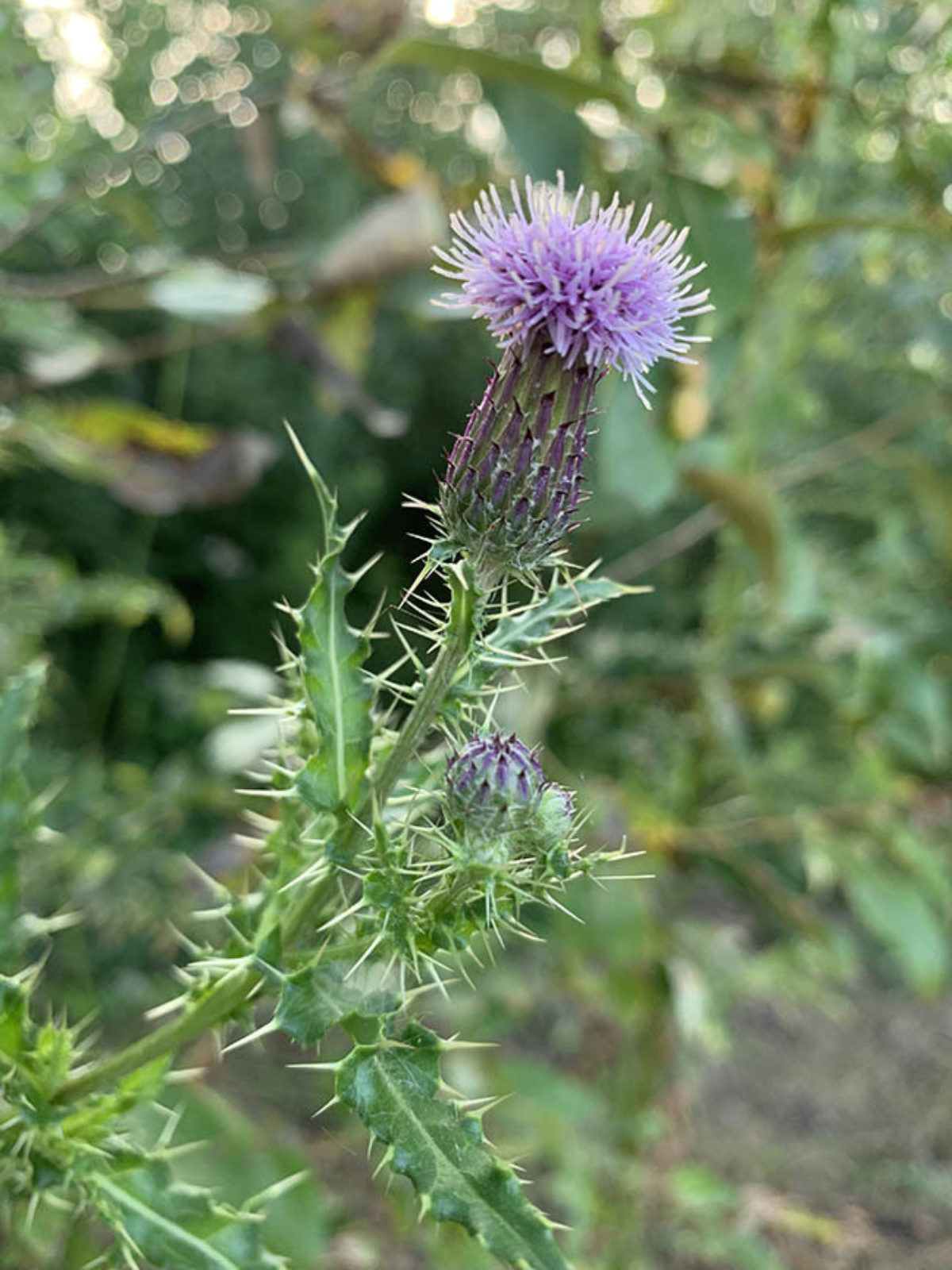
- Bull thistle (Cirsium vulgare) is another tall, spiny weed with purple flowers. It is native to Europe and Asia, but has also been introduced to North America and other parts of the world.
- Milk thistle (Silybum marianum) is a thistle with purple flowers that is native to Europe and western Asia. It is a medicinal herb that is used to treat a variety of health conditions, including liver disease.
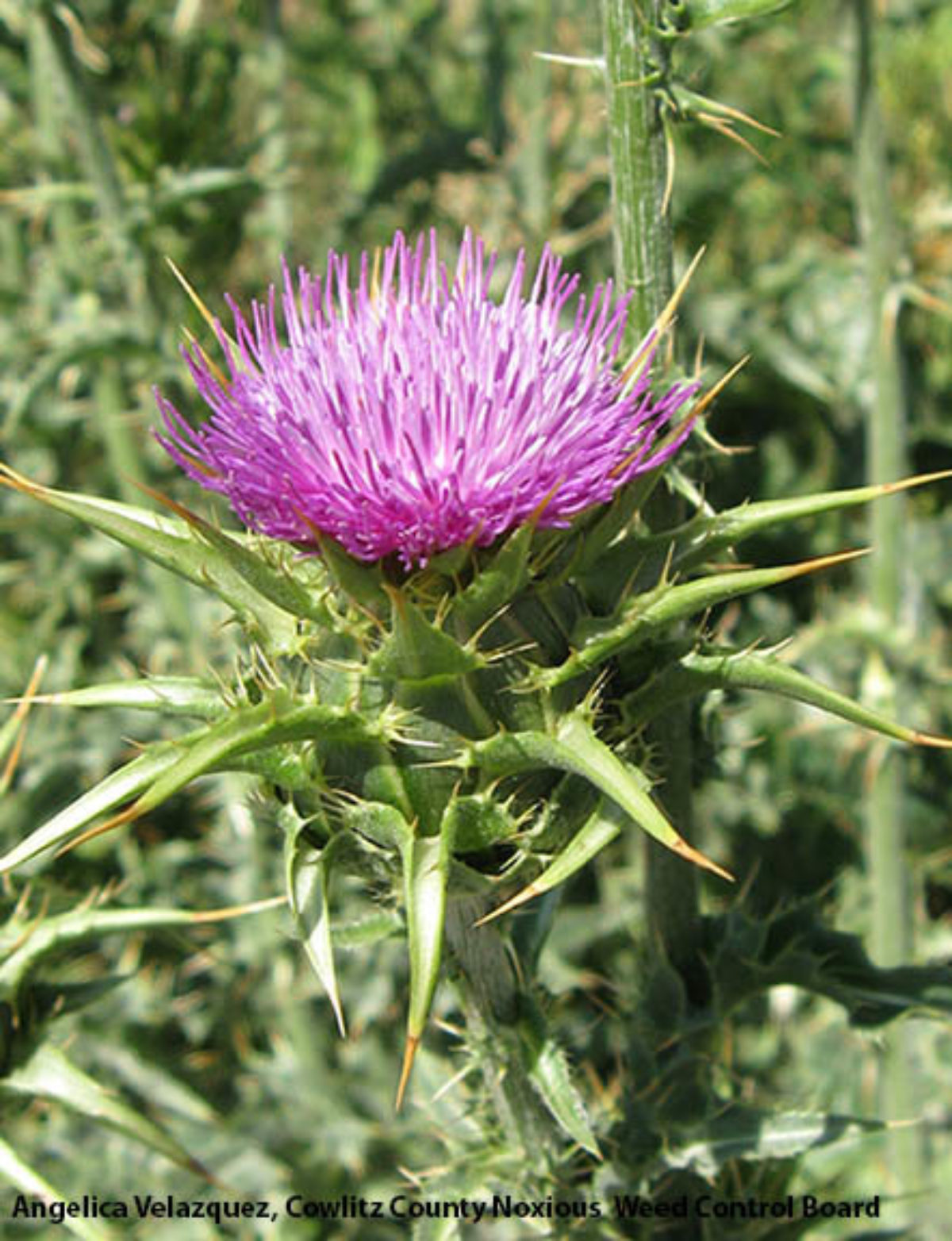
- Dwarf thistle (Cirsium acaule) is a small, low-growing thistle with purple flowers. It is native to North America and is often found in disturbed areas, such as roadsides and fields.

- Prickly thistle (Cirsium horridum) is a tall, spiny thistle with purple flowers. It is native to North America and is often found in dry, sandy areas.
- Spotted thistle (Cirsium vulgare var. maculatum) is a variety of bull thistle with white flowers. It is native to Europe and Asia, but has also been introduced to North America and other parts of the world.

- Smooth thistle (Carduus crispus) is a thistle with purple flowers that is native to Europe and Asia. It is a common weed in North America and is often found in disturbed areas, such as roadsides and fields.

- Milkweed thistle (Asclepias syriaca) is a thistle with white flowers that is native to North America. It is a member of the milkweed family and is the host plant for the monarch butterfly.
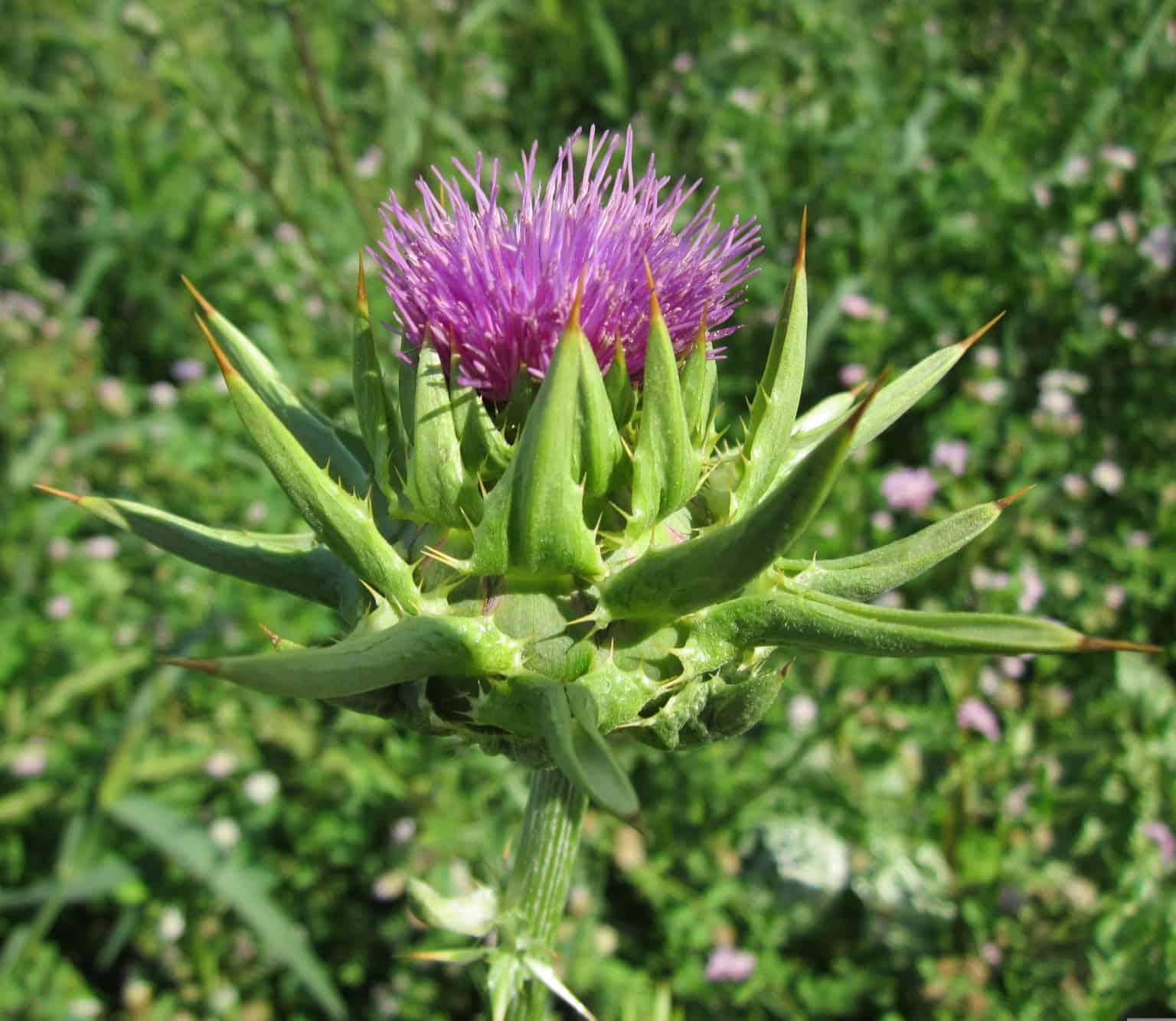
- Horse thistle (Onopordum acanthium) is a large, spiny thistle with purple flowers. It is native to Europe and Asia, but has also been introduced to North America and other parts of the world.
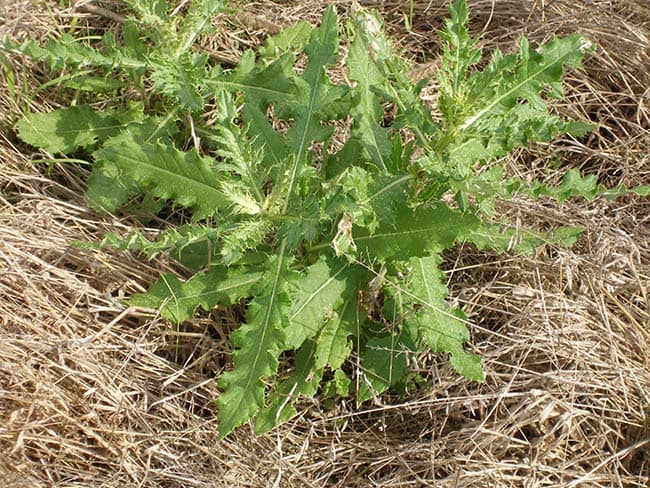
- Yellow thistle (Cirsium dissectum) is a thistle with yellow flowers that is native to North America. It is a common weed in the western United States and is often found in dry, open areas.
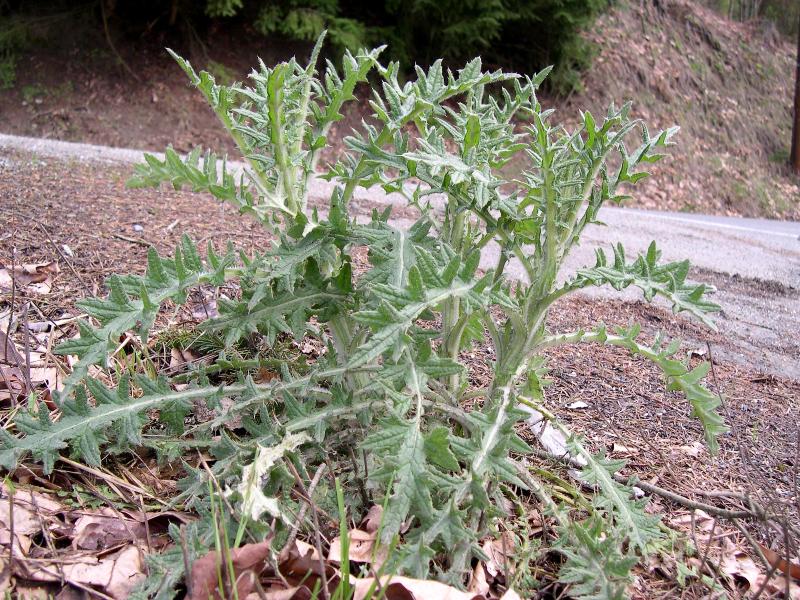
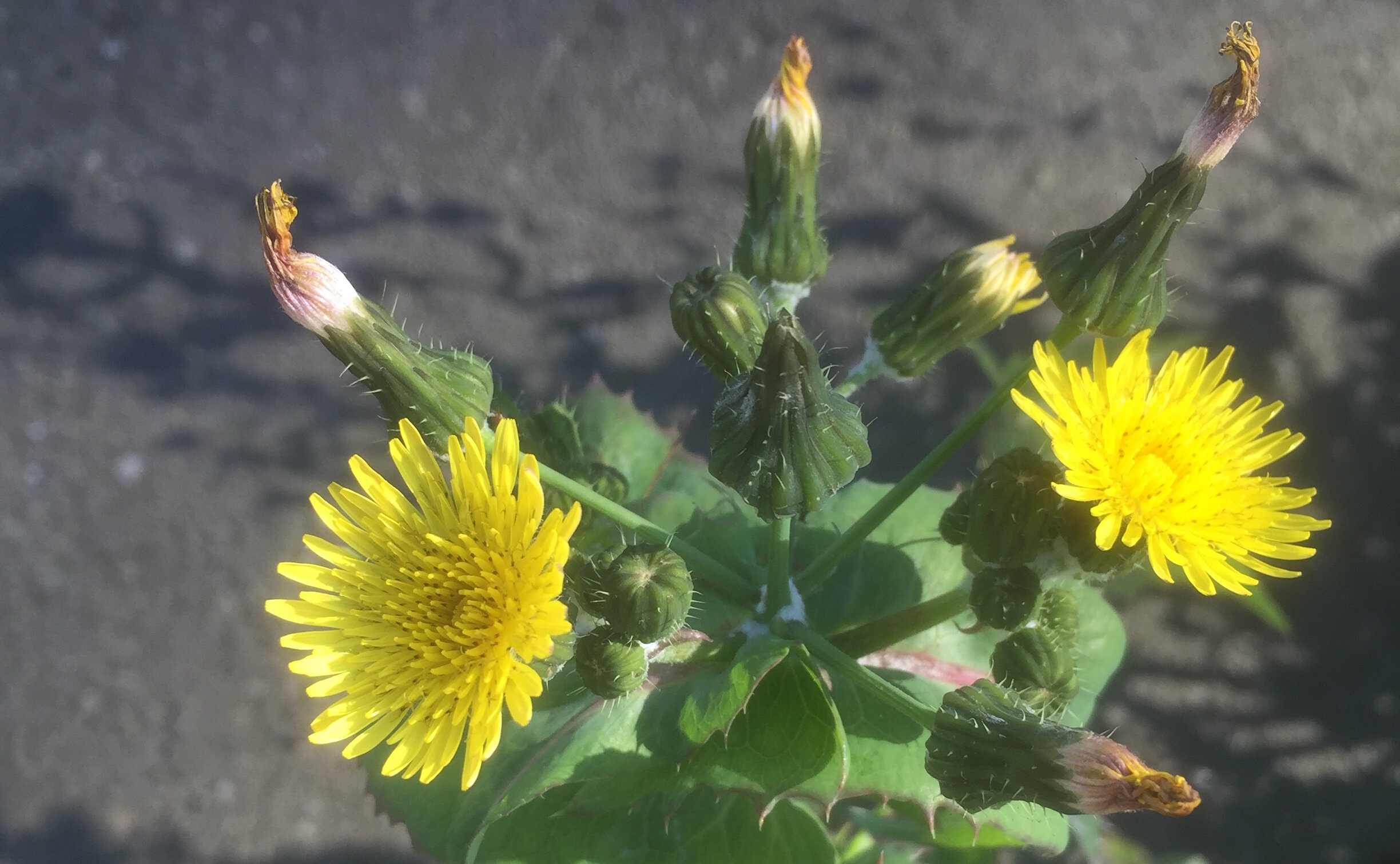
Post a Comment for "How To Get Rid Of Thistle Weeds For"